These creatures are known to cause significant damage to a variety of plants, turning a once vibrant garden into a landscape of half-eaten leaves and stems.

The Ultimate Gardening Guide 2: Money-Saving Tips for Gardeners
Some people assume that it costs too much to build and maintain a yard. Like many things in life, you can garden the expensive way, or you can choose the economical way. If done correctly, gardening will not be an expensive a hobby.
Considering rising inflation and today’s tight economy brought about by the economic response to the pandemic and other factors, cutting expenses even on your yard’s needs is understandable, and achievable; allowing you to continue or commence your love affair with nature.
We’ve got your back, making The Ultimate Gardening Guide 2: Money-Saving Tips for Gardening, which can help you with money-saving ways while exercising your green thumb.
1. Use Perennials
2. Choose Plants that have Long-Blooming Periods
3. Select Quick Growing Plants for More Garden Space Coverage
4. Choose Native or Drought-Tolerant Plants
5. Grow Edible Plants
6. Frugal Vertical Gardening
7. Opt for Tube Stock
8. Make Your Compost
9. Do Mulching
10. Water Wisely
11. Attract Beneficial Insects
12. Make Use of Recycled Materials
13. Look After Your Tools
14. Avoid Impulse Buying
15. Hire A Credible Landscaping Company
16. Make Friends
1. Use Perennials
Cultivating perennials is an excellent way to cut costs and grow a great garden. They live for several years or more, so they don’t need to be replanted annually. They can save you money as you don’t have to purchase new ones and go through the young plant process. They often require less fertilizer and have fewer water needs.
As they thrive, many perennials benefit from being divided; division is an easy and inexpensive way to increase the number of plants in your garden. Not only will you have more plants to use in your yard for free; you can even share or trade with friends and neighbors.
Buying plants is an easier solution for most, so using plants proven to survive for long periods such as Lomandra and Dianella makes sense. You may investigate Little Jess™ Dianella, a perennial with masses of dark green strappy leaves that produces yellow and purple blooms in spring, or Shara™ Lomandra the amazing flood or drought surviving plant.
You may also consider the sturdy and dependable perennial garden bed of Cosmic White™ Rhaphiolepis, which boasts an extra-large white flower display in spring in all types of Australian climatic extremes. Pants that just work.
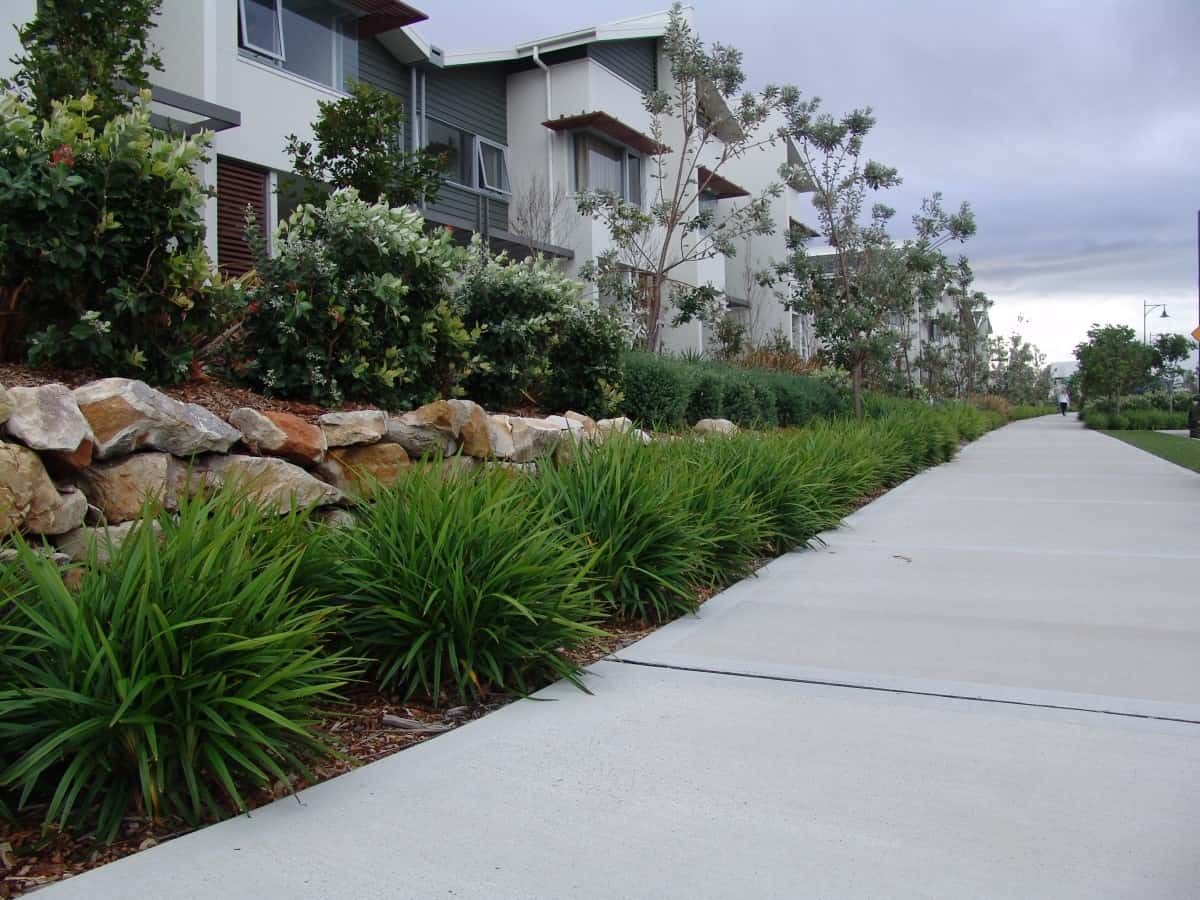
2. Choose Plants that have Long-Blooming Periods
The presence of flowers can instantaneously elevate the aesthetic of any garden. Thus, the extended blooming season turns your dull greenery into a more interesting one, as the splash of colours can help entice visitors to look at and visit your home.
You can also bring these blooms indoors, fill your vases with them, or even give them as gifts. This will be more cost-effective as you will save money from skipping expensive flower arrangements and florists.
An example of these long-blooming plants is the Autumn Starlite™ Rhododendron, a repeat bloomer in spring, summer, and autumn with heavy summer flowering. You can also add to your selections the bright and vibrant blue flowers of Bingo Blue™ Agapanthus, a repeat-flowering plant that blooms frequently throughout the year.
Moreover, blossoming plants yield flowers ideal for cutting, like the stunningly bold flowers of Amber Velvet Kangaroo Paw.

3. Select Quick Growing Plants for More Garden Space Coverage
If you have a sizeable yard, an economical way to fill in your garden areas is to place fast-growing plants with more space coverage either on the ground or for hedging.
Another benefit that a groundcover offers, aside from helping you save money, is the erosion control it provides. Including ground covers in your yard is more affordable than putting a brick or stone retention wall to prevent erosion.
One great example is the thick, dense matt-like coverage of Aussie Rambler™ Carpobrotus, which produces vast, pink flowers in spring and autumn. Moreover, the long-standing but attractive groundcover of Mundi™ is a low-maintenance plant that looks good left unpruned and gives beautiful white spring flowers.
Finally, when you want to improve your garden’s privacy, one of the best hedging plant options is Quick Fence™ Viburnum.

4. Choose Native or Drought-Tolerant Plants
Australia has a harsh environment. People have seen extreme temperatures and worsening drought conditions, fires, and floods. As such, it’s desirable to choose native species adapted to your region’s needs so you can avoid such costs as extra watering, pampering through winter, and soil correction.
An example of these native or drought-tolerant plants is the Red Alert™ Callistemon which no longer needs extra watering when established and can tolerate both frost and drought.
It’s also low maintenance as it needs pruning only once a year after new red growth. Another example is the Yareena™ Myoporum which can also tolerate both frost and drought and only needs once a year pruning to be well-kept.

5. Grow Edible Plants
Growing your own food is an excellent way to embellish your landscape while saving up on food expenses. It’s also a good idea to grow some medicinal herbs which can be home remedies that can help you manage some common ailments while avoiding shelling out too much money for medicines.
For example, Oregano may be used to add a unique taste to your cooking because of its strong aroma and flavors. It also has potential medicinal properties for cough, wound healing, and parasitic infections.
Another good example is Rosemary, which is highly prized for its robust flavor and aroma that goes well with European dishes and is an excellent addition to olive oil.

6. Frugal Vertical Gardening
Vertical gardens are cost-saving as they use less space and are easy to maintain. They also help the environment by conserving water as the water used in one bed can be reused in another bed.
They also help promote a healthy environment for the people who live where they’re planted as they serve as natural air purifiers that can filter the air you breathe. Not to mention that they can also beautify the place where they’re grown!
Climbers like the Ozbreed Flat White™ Pandorea is a good and economical plant to include. It can be a groundcover but also covers vertical fences and trellises well. Its choice is enhanced by its low maintenance, requiring minimal pruning, and can tolerate frost and drought well.

7. Opt for Tube Stock
Tube stock or smaller pots are a smaller and less expensive alternative to 140-mm potted plants due to their ability to quickly grow and establish slightly better-quality root systems than their larger plants.
It’s guaranteed to be cost-effective because of its lower cost to plant and buy, and its lower maintenance due to potential closer planting spaces ensuring less gaps can help outcompete weeds and thus hinder their growth.
Ozbreed’s cost-effective smaller pots and tubes are sure to be high quality, grown to perfection by our licensed growers trained explicitly for this job.

8. Make Your Compost
Making your compost helps you save on the cost of fertilizers. It’s a cost-effective way to maintain your plants’ health while still being environmentally friendly, supplied by the repurposing wastes instead of just directly disposing of them.
Your kitchen and garden waste may be used as free compost by stacking them in heaps in a corner or investing in a composter. Just make sure to place these in an area with good sunlight or semi-shade.
In piles twigs or small branches are the initial layers of the heaps, followed by green waste (green garden clippings, fruit and vegetable scraps), then another layer of brown waste (dry leaves and twigs). Ensure to aim for more brown waste in your compost than green waste. For a purpose-built composter follow the instructions.
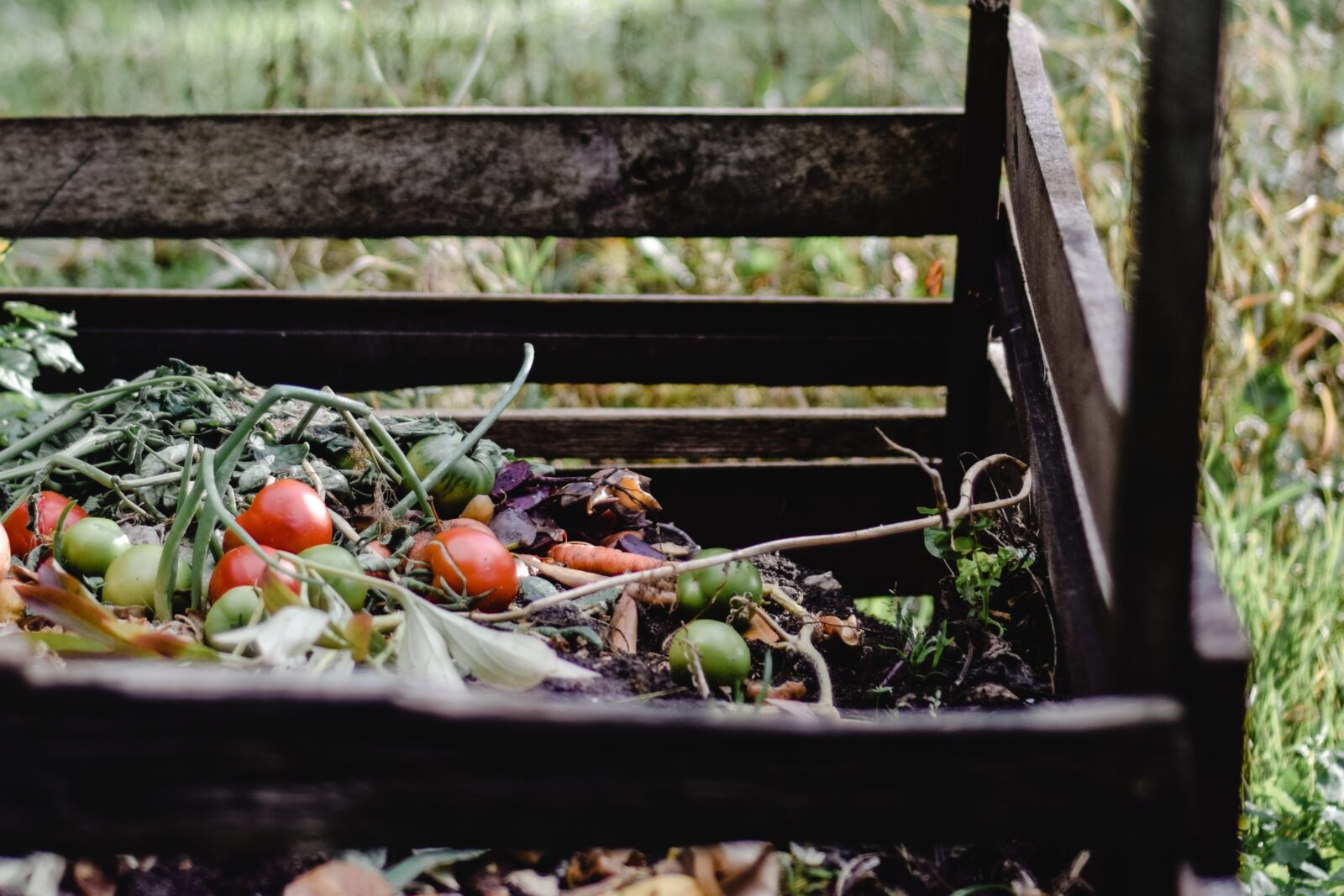
9. Do Mulching
Mulching, when done correctly, helps maintain the health of your plants in a cost-effective way. It entails covering the ground with bark, wood chips, and other organic materials. Chunky mulches last longer and save money as they break down slower and are ideal for landscape gardens, whilst straw types are best for vegie gardens.
This covering helps lock in soil moisture, which reduces the need to water plants. It can also prevent the growth of weeds that can compete for your plants’ resources. Other benefits of mulching include slowing down run-off during heavy rain and helping build soil structure to enable the soil to hold more moisture.
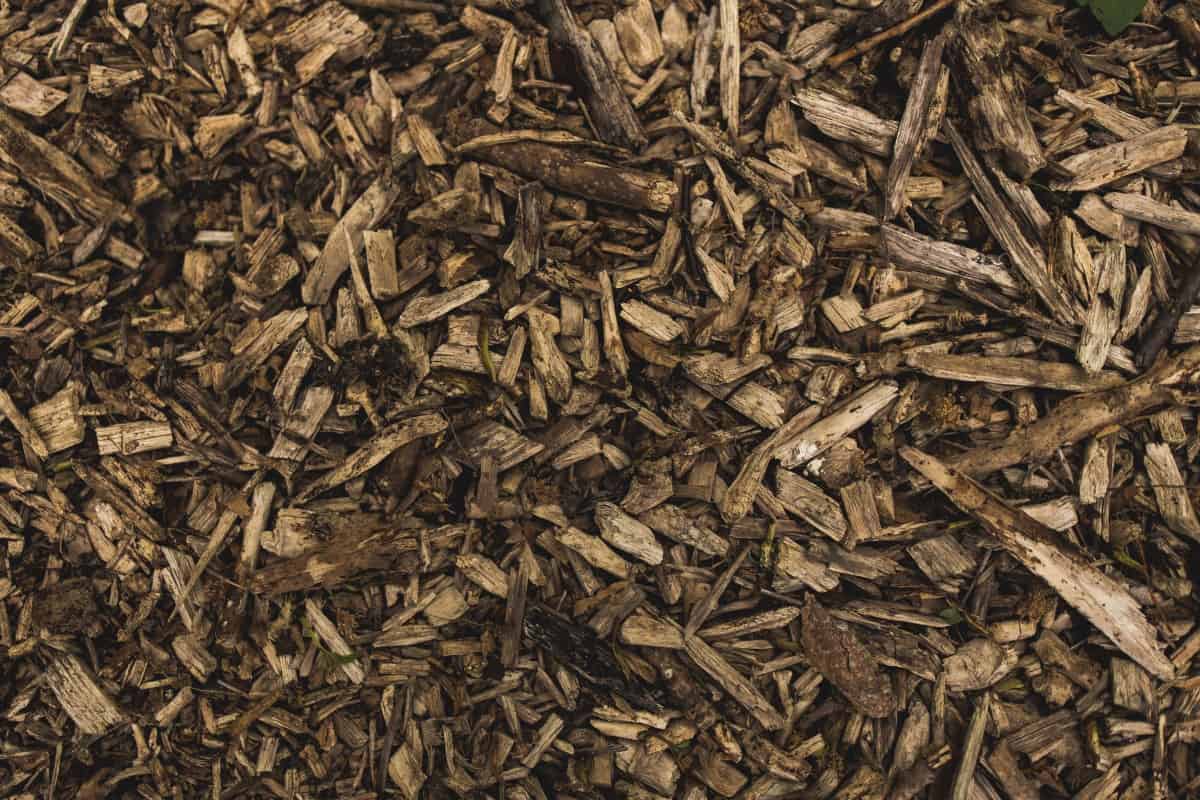
10. Water Wisely
Another costly aspect of maintaining a yard is watering. Make watering more cost-effective by collecting rainwater in tanks so you may use it to water your plants for free.
You may also take advantage of rain as a free source of water for your plants in that you don’t need to water your plants if it already rains. Bottom line, water only when and where your garden needs it.

11. Attract Beneficial Insects
Not all insects in your garden are harmful to your plants. Others may act as biological control agents in that they can help eliminate pests by eating them or competing with the plants they eat, thus protecting these plants.
Some examples of beneficial insects include ladybugs and green lacewings. You should make it a point to attract them to your garden by planting those that these bugs are attracted to. This makes your plants healthier and helps you save by avoiding the use of chemicals as pest control. Other wildlife such as birds and lizards can also be beneficial.

12. Make Use of Recycled Materials
An excellent way to save is to opt for used but still working items that may be bought at a garage or estate sales. Similarly, you may also use household items that you already have and utilize them in taking care of your lawn.
For those who like to recycle, you can be creative and resourceful by incorporating unique items in your yard like old sinks, bathtubs, furniture, tires, pallets, overgrown bicycles and the list could go on. You don’t need to purchase new pots for your seedlings. You can make use of unwaxed paper cups or egg cartons to hold them up.
Take advantage of your old junk for seeds and tools storage, plant support and protection, landscape and garden art, or even for drainage and compost. Get your imagination going and surely, you’ll be able to think of inventive and artistic ways you can start executing in your yard.
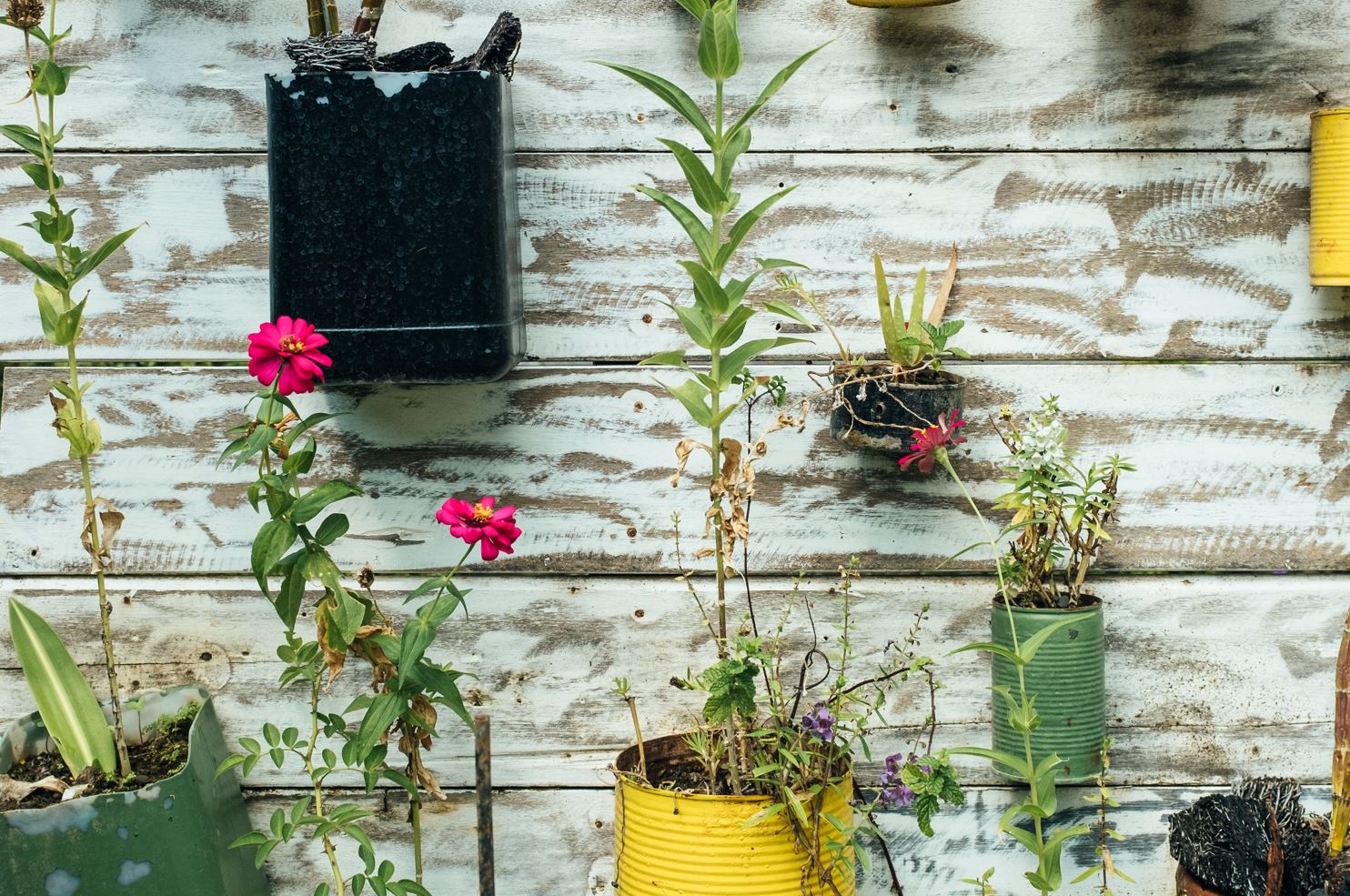
13. Look After Your Tools
Taking care of your tools helps make them longer-lasting, thus avoiding frequently investing in new items on your lawn. This entails cleaning them after use and maintaining your tools to prevent rust. Do not shove off your tools outside; remember to store them properly.
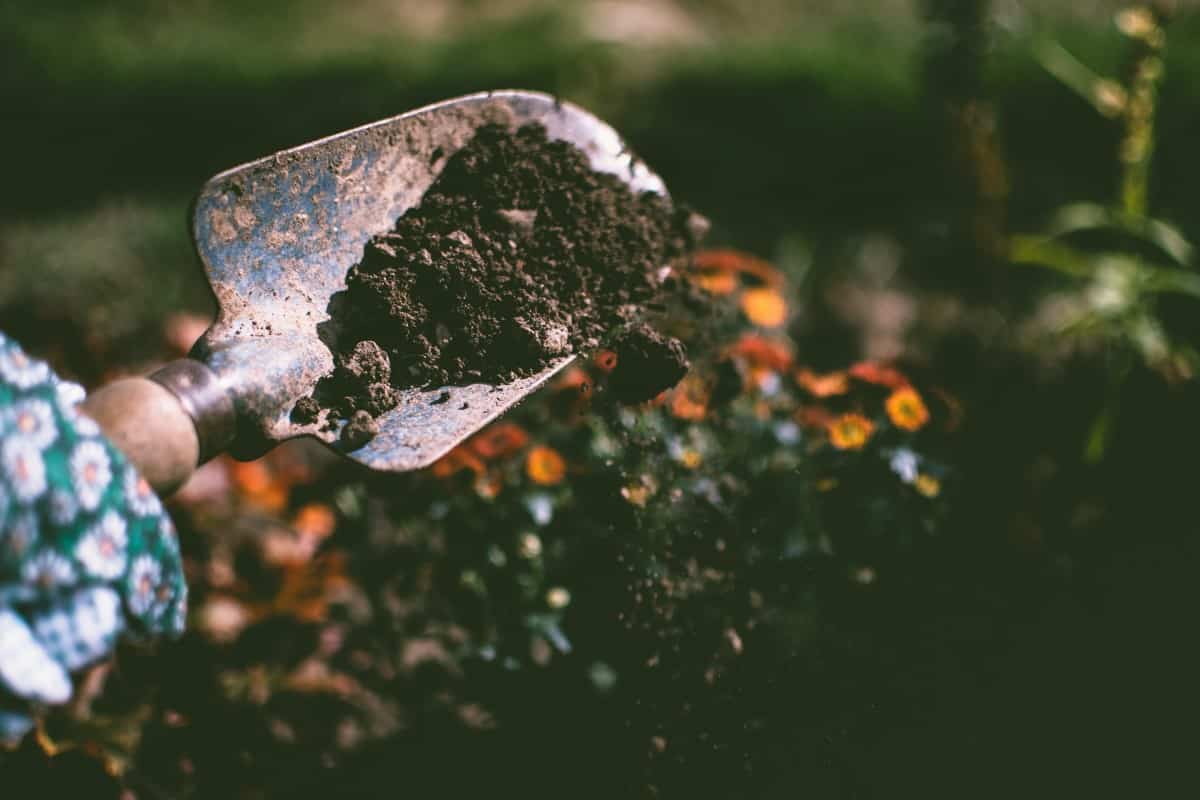
14. Avoid Impulse Buying
You should avoid impulse buying, even in gardening. Know your priorities, spending only on those items you need and the plants you want. Looking for great deals on online garden centers that sell high-quality plants at reasonable prices works, as does getting to know your local suppliers.
You can check the list of Ozbreed trusted wholesalers, retailers and online suppliers. Try bestplants.com.au as a great source to pick the right plant for your situation and avoid wasting money on non-suitable plants.
15. Hire A Credible Landscaping Company
Cut on labor costs by opting for a credible landscaping company. A company’s credibility may be seen with its already well-thought plan and trusted quality of work. This avoids rework and thus helps you save money.

16. Make Friends
Making friends who are also into gardening helps you get valuable knowledge and ideas on how to plant more efficiently, thus helping you be more labor- and cost-effective. There are local community groups on Facebook where you can look for similar-minded people with who you can trade knowledge and even seeds, plants, and harvests.
Befriending garden shop employees also helps, as they may help you choose high-quality plants and can tip you on when the store will have its best sales.

You don’t need to sacrifice doing what you love best so that you can save. Hopefully this ultimate gardening guide aids you in recognising and appreciating the many ways to save even while still exercising your green thumb.
This information is just a start, with economical gardening learning never ends, so good luck on your journey. We hope this guide sheds light on the many possibilities you can implement to be more frugal while still being able to take care of your yard.


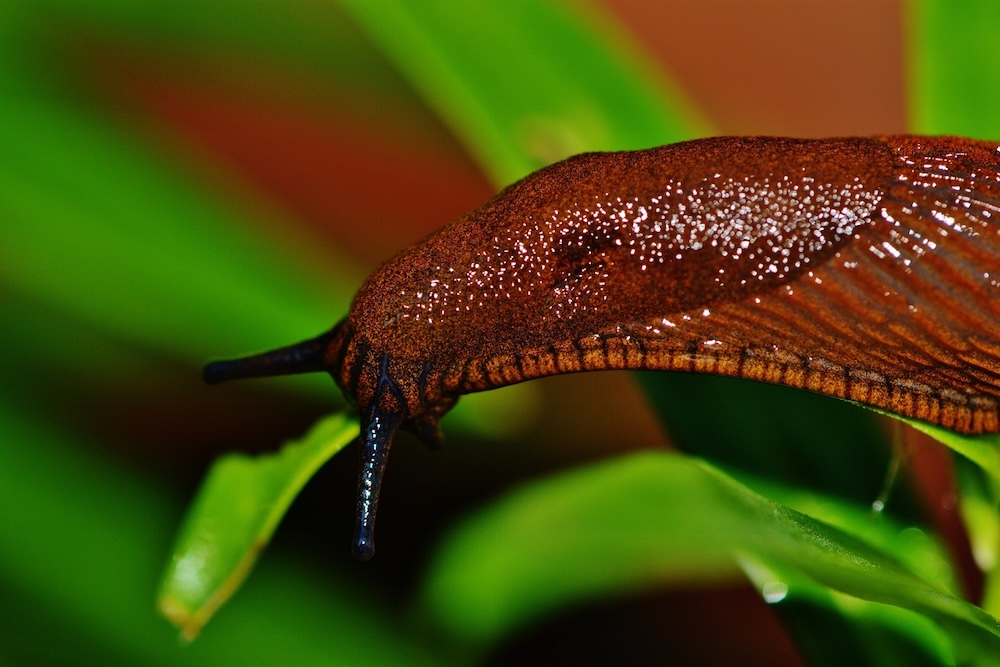


This Post Has 0 Comments